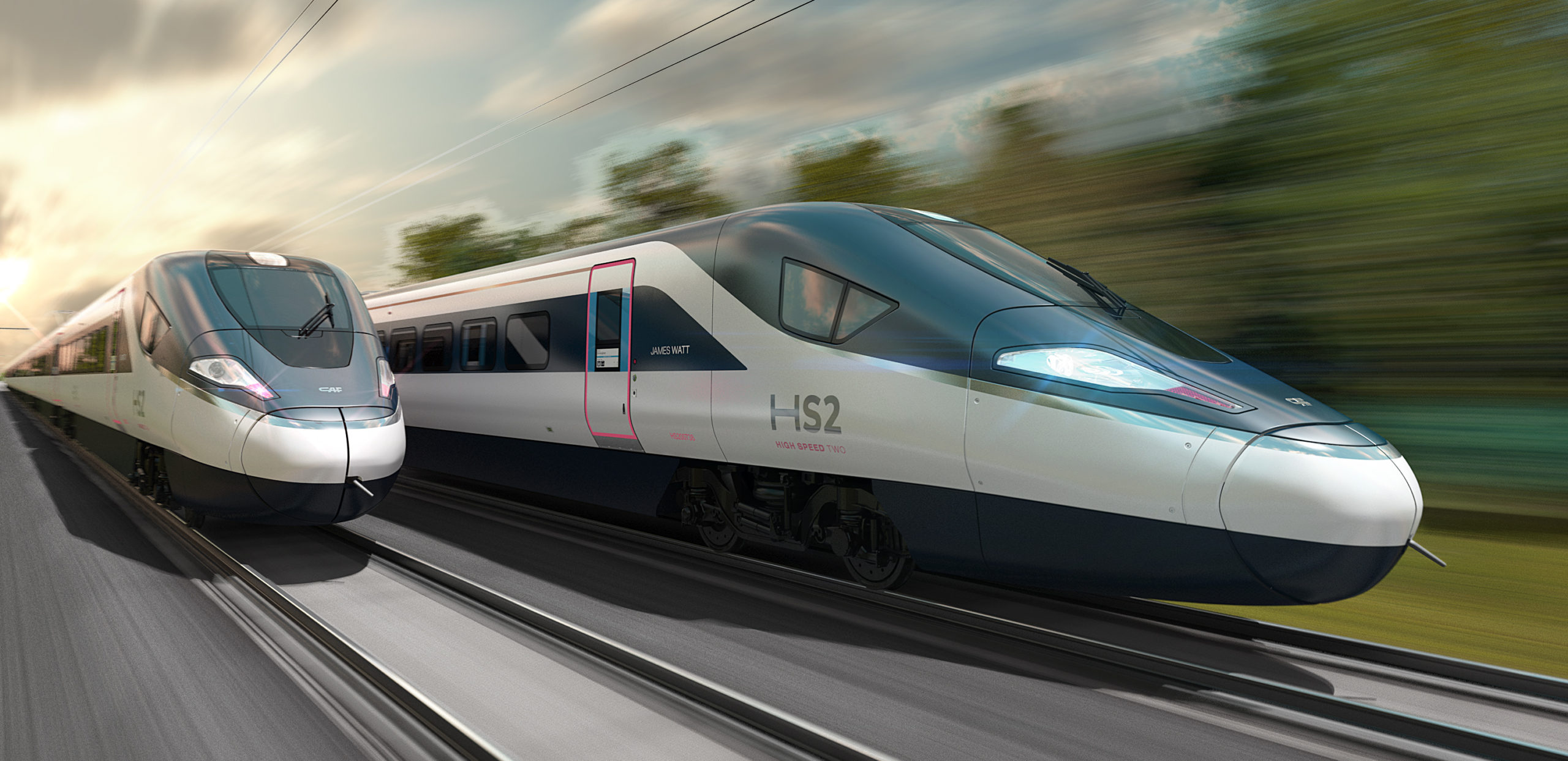The Government has given the green light to the development of a high speed rail line, connecting the North and the South. However, is the decision to begin building from London the best for England?
First conceived of in 2009, more than £8bn has been spent on HS2 since the project’s first phase. It’s unlikely to be completed until 2040, and the Euston departure station is still yet to be built.

Yet on 11th February, Boris Johnson gave phase one of High-Speed 2 the green-light, a project the PM claims will “deliver prosperity to every part of the country”. By contrast, Andy Burnham, Mayor of Greater Manchester, gave a statement on the same day, suggesting there is “no guarantee HS2 will ever connect to the North.”
This is not simply a Boris-style plunge into public infrastructure investment, nor a partisan debate. For instance, Richard Leese, Labour leader of Manchester City Council, has backed the project, stressing the need to start work soon, as the “the only way we can truly rebalance the country’s economy towards the North.”
The prospective economic impact of a project of this scale for the local area cannot be denied. The UK needs world-class infrastructure, and HS2, with its potential to cut journey times and increase capacity on trains will certainly hope to spring corridors of growth throughout the North.
HS2 has gathered steam in the public imagination. Much of the coverage of it in the last two months has considered the changing completion date, now projected latest 2040 according to the Yorkshire Evening Post.
For phase one, the return-rate on track-building has sunk to 80p for every £1 invested. Phase two, by contrast, is a projected £1.40 for every £1 invested, though how reliable this information is prior to building is uncertain.
These sources of information are largely hypothetical, and whilst not incorrect, can warp the narrative. HS2, as much as it could help in the “leveling up” of the North, does also have the potential to strip money away from other areas of the economy. It’s important to note that financial trouble also plagued HS1, a line that now boasts 93% passenger satisfaction, with its services carrying over 20 million passengers in 2016 alone.
However, is HS2 necessary? Could it be instead a case for local investments?
The Northern Powerhouse Rail, a proposed fast line between Bradford, Leeds, Manchester and Liverpool is another rail-possibility operating alongside HS2 that some have argued needs immediate priority over HS2: this project would cost £39bn. In 2018, TfN reported that just 11% of workers in the north commute by bus and train, compared with 45% of Londoners who commuted in 2015.
A 2019 House of Lords analysis considered that the overcrowding on Northern lines – a central driving reason for HS2, as opposed to journey duration – was in fact considerably worse on local lines.
Take, for example, the line between Newcastle and Liverpool. Anthony Berkeley has used this to denigrate the project, blaming the project for eating away from other local services, and a ‘Stop HS2’ online campaign has since received considerable backing.
Such begs the question: is the question of rail-link investment better answered on a local-scale? Certainly a question of whether it is the best, and most necessary option at the time looms over the project, something Johnson has defended with the Oakervee Report into the project, citing the £13bn pull out costs at this stage as a reason to continue ahead with the project.

Meanwhile, the total planned investment for HS2 keeps growing, last cited at £108bn.
Furthermore, though Johnson has used the outcome of Oakervee’s report – which it must be said, references its own lack of depth – it disagrees with a number of aspects of HS2.
Two important red flags stand out. Firstly, the investment plan, the inflation of which, from £50bn to over £100bn, the report considers largely due to contracts and affiliated contractors taking on all the risk for the project.
Secondly, both the National Rail station and the HS2 station at Euston are in development, and Oakervee has suggested ending HS2 at Old Oak Common instead for the time-being, whilst Euston sorts itself out. This would, however, take the station further out of the centre of London, costing the passenger a Thameslink journey if they wanted to get to HS1, meaning HS2 would lose the tidiness of a swift connection between the North and Europe.
These aspects are important, rather than marginal, since they hugely influence the return-rate of the project.
There is clearly an appetite for improving the Northern transport lines. ‘Transport for North’ (as a subsidiary of TfN) was only formed in 2018 to co-ordinate development, partly to deal with the Northern Powerhouse line.
Furthermore, in January this year, it was announced that the rail company Northern would become the second rail-line (the first being LNER) to be brought under government control, after Grant Shapps’ labelling of the firm’s service’s delays and cancellations as ‘unacceptable’.
Clearly, the green-light for HS2 is portentous: Johnson has confidence in the project, and the next two decades are likely to be shaped by continual developments surrounding the project.
Its relationship with the North is by no means straight-forward, though. Trust needs to be re-gained in the project, and facts properly straightened out.

